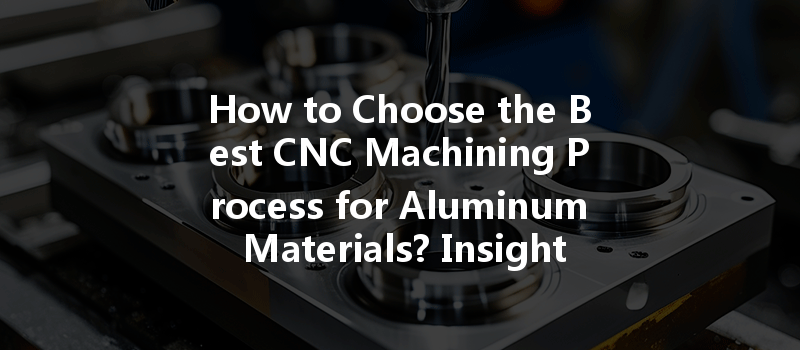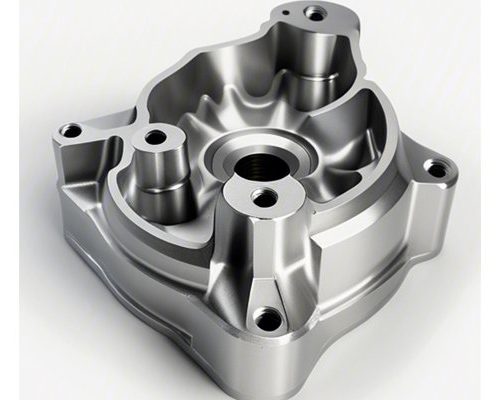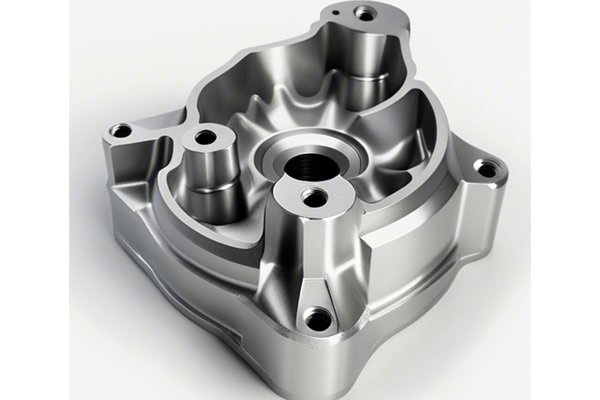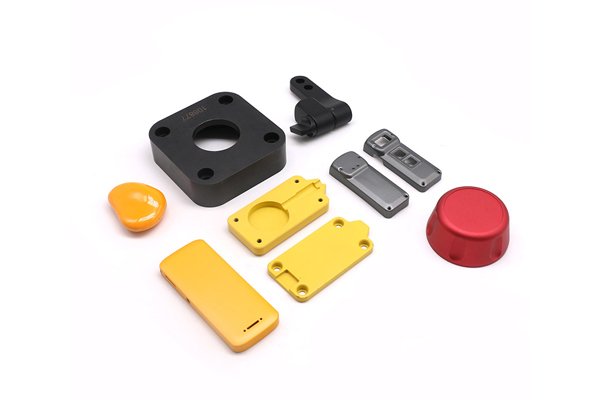Welcome to our in-depth exploration of CNC machining processes tailored specifically for aluminum materials! At YL Machining, we believe that understanding the intricacies of CNC machining isn’t just for the engineers and machinists—it’s for everyone involved in manufacturing. As the industry evolves, staying informed about the available machining options for aluminum is imperative for optimizing productivity, ensuring quality, and fostering innovation. In this article, we will guide you through the essentials of CNC machining defined by materials, processes, challenges, and solutions—all intertwined through the lens of aluminum machining.
Understanding CNC Machining
What is CNC Machining?
CNC (Computer Numerical Control) machining is a subtractive manufacturing process that involves using computer software to control machine tools like lathes, mills, routers, and grinders. The primary goal is to create precise dimensions and surface finishes on various materials, including metals, plastics, and composites.
Distinctions in Aluminum Machining
Aluminum is a lightweight, corrosion-resistant metal widely used across industries, notably aerospace, automotive, medical device manufacturing, and consumer electronics. Its machinability is generally superior to that of other metals like steel, making it a preferred choice for intricate parts.
Why Choose Aluminum for CNC Machining?
Advantages of Aluminum
Challenges of Aluminum
Despite its numerous advantages, machining aluminum does come with its own set of challenges:
Key Factors for Choosing CNC Machining Processes for Aluminum
Understanding the specific requirements of your application is vital when selecting a machining process. Consider:
Aluminum comes in various alloys, each with unique properties. For example:
Selecting the right alloy is essential to achieving the desired mechanical properties for your part.
Different machining techniques yield varying results:
Each method comes with its own operational parameters, and understanding these is crucial for making an informed choice.

Tool selection is critical in aluminum machining. Key components to consider include:
Workflow Optimization for Aluminum CNC Machining
Before starting the machining process, ensuring that everything is set up correctly helps minimize issues:
Optimizing machining parameters can have a significant impact on efficiency and quality:
These parameters can be adjusted based on the specific requirements of your project and the capabilities of your machinery.
The work doesn’t end after machining. Consider:
Sustainability in CNC Machining of Aluminum
The Sustainability Imperative
In today’s environmentally-conscious world, manufacturers are expected to prioritize sustainability. Aluminum is inherently a sustainable material due to its recyclability, which can lead to lower carbon footprints in production.
Implementing Sustainable Practices
The Future of Aluminum CNC Machining
Embracing Technological Advancements
As technology progresses, the future of CNC machining will see innovations such as:
Choosing the right CNC machining process for aluminum materials is a multifaceted endeavor that requires a keen understanding of the material’s properties, application demands, machining capabilities, and workflow optimization. At YL Machining, we recognize that knowledge is the backbone of effective decision-making. By deploying a strategic approach to CNC machining, we can harness the unique advantages of aluminum while alleviating its challenges.
Whether you’re an engineer, a project manager, or a curious mind reading this article, we hope you now feel empowered to select the ideal machining processes for your aluminum applications. Innovation begins with informed choices, and the journey of CNC machining doesn’t just end here—it continues to evolve with each new project and technological breakthrough. Embrace the possibilities that aluminum machining offers, and let’s drive the future of manufacturing together.
For more insights and guidance, feel free to reach out to our team at YL Machining. Let’s make your ideas a reality!



